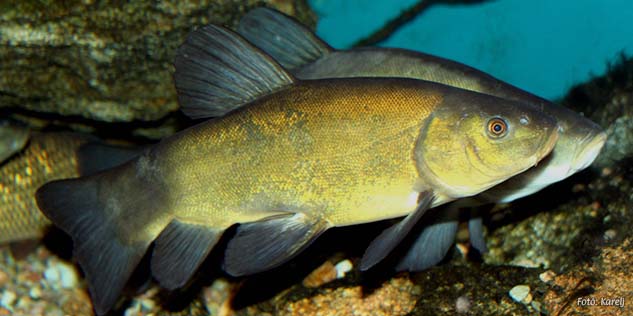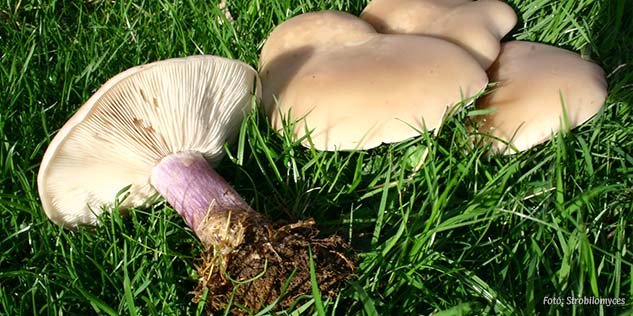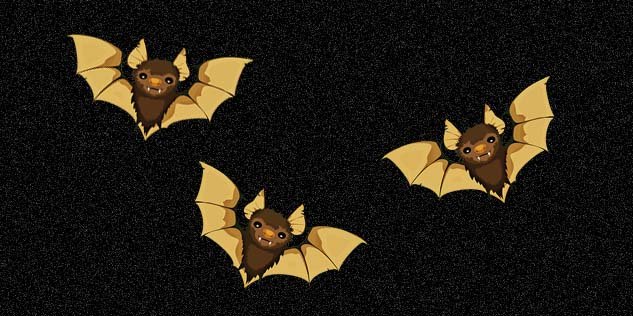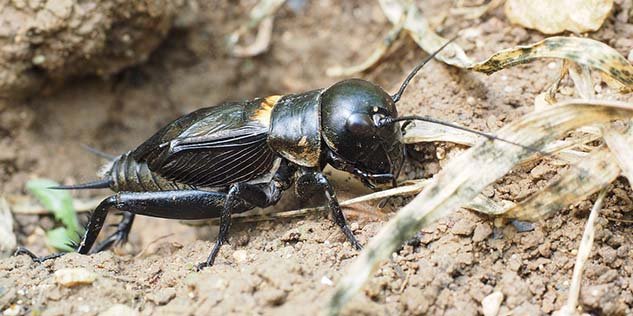
The tench or doctor fish (Tinca tinca) is a fresh- and brackish-water fish of the cyprinid family found throughout Eurasia from Western Europe. It normally lives in slow-moving freshwater habitats, particularly lakes and lowland rivers. The tench is most often found in still waters with a clay or muddy substrate and abundant vegetation. It tolerates water with a low oxygen concentration, being found in waters where even carp cannot survive.
Tench feed mostly at night with a preference for animals, such as non-biting midges, on the bottom of eutrophic waters, snails and pea clams in well-vegetated waters.
Breeding takes place in shallow water usually among aquatic plants where their sticky green eggs can be deposited. Spawning usually occurs in summer, and as many as 300,000 eggs may be produced. Growth is rapid, and fish may reach a weight of 0.11 kg (0.25 lb) within the first year.
Tench have a stocky, carp-like shape and olive-green skin, darker above and almost golden below. The caudal fin is square in shape. The other fins are distinctly rounded in shape. The mouth is rather narrow and provided at each corner with a very small barbel. Maximum size is 70 cm, though most specimens are much smaller. The eyes are small and reddish orange in colour. The tench has very small scales which are deeply imbedded in a thick skin, making it as slippery as an eel. Folklore has it that this slime cured any sick fish that rubbed against it, and the name doctor fish arose from this belief.



